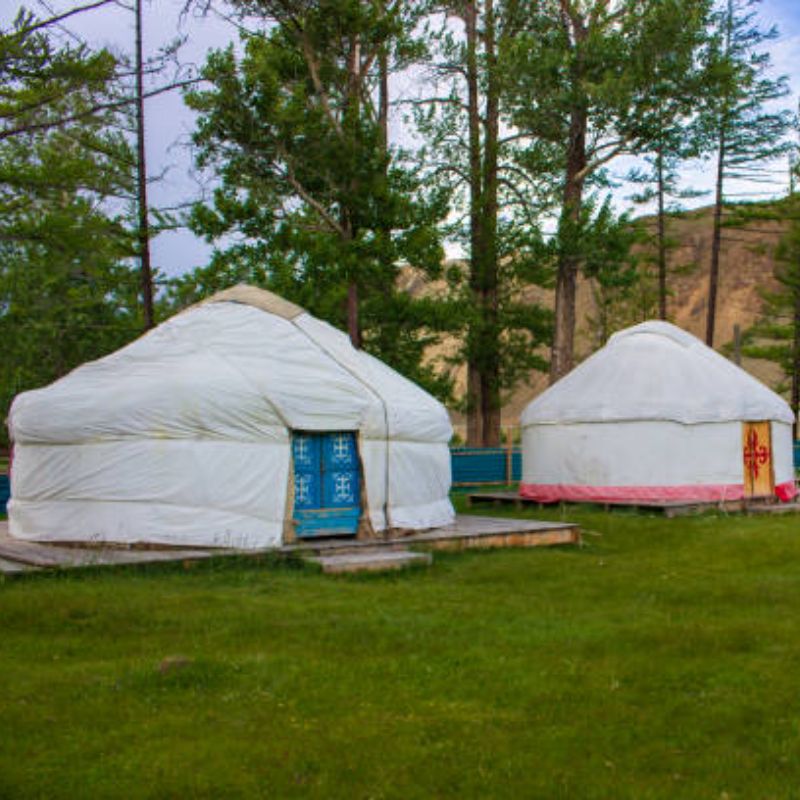Introduction
For many people, the idea of living in a traditional Mongolian yurt is an attractive concept – but what about during the colder winter months? Can these structures provide adequate warmth and comfort during the coldest season?
Ancient Methods for Modern Warmth
Despite the fact that yurts have been used for thousands of years, they have proven to be surprisingly effective in modern times. The combination of wool felt and canvas provides excellent insulation, and the domed shape allows for warm air to circulate instead of gathering at the ceiling.
Insulation is Key
In order to stay warm in a Mongolian yurt during winter, proper insulation is essential. Traditional yurts are built using wool felt, a dense and durable material that is excellent at keeping warmth inside. Additionally, canvas or other heavy fabrics are used to provide an additional layer of insulation.
Combating the Cold
While insulation is important, it's not the only method of keeping warm in a yurt during the winter. Using a wood-burning stove or similar heat source is also crucial. The key is to keep the fire burning continuously, as yurts can cool off rapidly due to their circular shape and vented top.
Risk Management
If you're planning on using a wood-burning stove inside a traditional yurt, you'll need to exercise caution. It's crucial to ensure that the stove is properly ventilated, as a lack of ventilation can lead to carbon monoxide poisoning and other serious risks.
Maintaining a Comfortable Temperature
It's not only important to stay warm in a yurt during the winter – but also to maintain a comfortable temperature. One way to do this is by using insulation to trap warm air and minimize heat loss. Another method is to insulate the floor using a thick layer of sheep's wool, which can help keep feet warm and cozy throughout the day.
Increasing Air Circulation
While keeping warm air inside the yurt is essential, it's also important to allow for proper air circulation. Opening the door and windows for a few minutes each day can help remove excess moisture and prevent mold from developing. This simple step can also help to keep air fresh and deodorized.
Improving Natural Light
During the winter months, natural light can be scarce, and this can make a small yurt feel cramped and uninviting. One way to improve natural light inside the yurt is by adding skylights to the roof. This can also help to provide natural ventilation, ensuring that air inside the yurt stays fresh and free-flowing.
Bringing the Outdoors In
While it might not seem like an important factor, bringing a small piece of nature inside the yurt can have a significant impact on overall comfort levels. Adding potted plants, for example, can help to bring fresh dabs of color and texture into the room, while also cleaning and purifying the air.
Conclusion
When it comes to staying warm in a Mongolian yurt during the winter, there are plenty of strategies and techniques to keep in mind. From proper insulation and ventilation to wood-burning stoves and the inclusion of natural elements, bringing together these different factors can help create a welcoming and cozy winter retreat.

